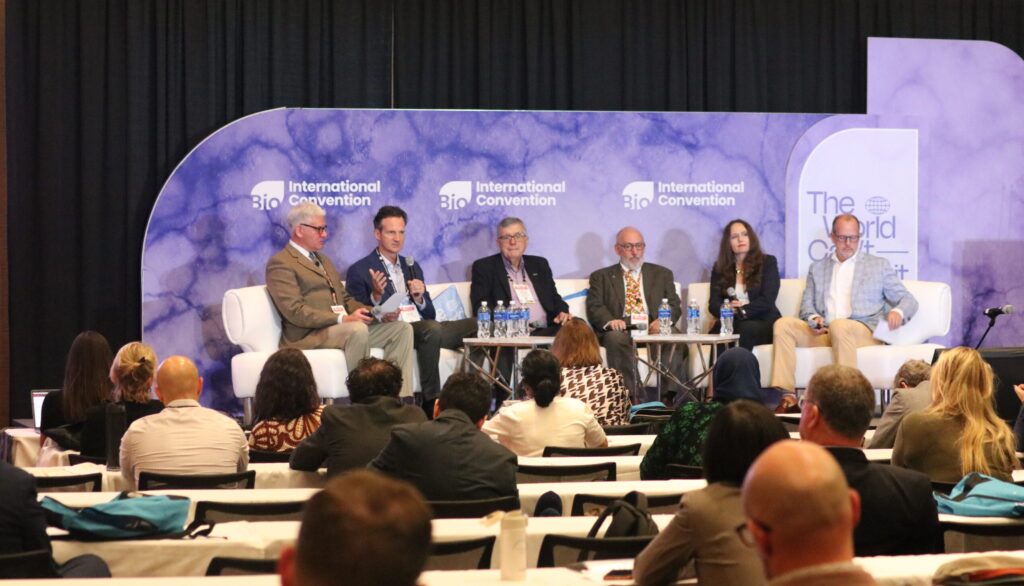Established in 2012, the Pediatric Priority Review (PPRV) program offers a powerful incentive for companies to develop treatments for rare conditions affecting children. Even though the program was incredibly successful in helping spur drug development for some of the most challenging rare diseases, the program’s authorization expired in 2024. As such, patient advocates and drug developers who are working in the rare disease space have been calling for its reauthorization.
Here’s how it works: If the FDA approves a new medicine that treats a rare pediatric disease, the company that developed that medicine receives a special “voucher” that can be used to expedite the review process for a future drug candidate. These vouchers can also be transferred to another company, allowing the seller to use the proceeds as alternative capital to fund future research and clinical trials.
Put simply, the PPRV program makes it significantly more likely that small companies will be able to scale operations and invest in vital research if they succeed in developing an effective therapy for a rare pediatric disease. This mechanism is a win-win and has made an enormous difference for patients.
Bio.News spoke with Karin Hoelzer, D.V.M., Ph.D., Senior Director, Patient Advocacy at BIO, at BIO 2025 in Boston
How the PRV helps patients
“In one word, for the rare disease community, the PPRV means hope,” said Karin Hoelzer, D.V.M., Ph.D., Senior Director, Patient Advocacy at BIO. She joined a panel about the PRV at the 2025 BIO International Convention in Boston.
As Hoelzer explained, a large number of rare disease patients are children, some with diseases that don’t allow them to make it out of childhood.
“The parents are desperately looking for a diagnosis and treatment,” said Hoelzer. “And once (or if) they get a diagnosis, they find out that this is a disease where there is no treatment available, and where, because of the economic realities of drug development, there are not a whole lot of opportunities for developing a cure.”
David Ridley, Ph.D., Faculty Director for the Center for Health Sector Management at Duke University, who co-authored a 2006 paper proposing the program, recalled a doctor at Duke who was able to get funding thanks to the program. In 2016, the doctor was working on digeorge syndrome, a genetic disorder that results in the death of babies who have it. At the time, the PRV had lapsed, and the doctor was unable to get funding for her research; it was too risky for companies to touch.
“Her biologic is critical for those babies,” he continued. “And when the PRV program got reauthorized in December of 2016, right before the holidays, she received funding in January of 2017.” She completed her work, and got the treatment to families who needed it.
“One of the really amazing things about the rare disease community is that we have a tsunami of advocates,” Hoelzer continued. “We’ve seen so many families raising their voice to protect the PRV program,” from writing letters and promoting the issue on social media to flying to Washington, D.C., to speak to lawmakers.
How the PRV helps small biotechs
The PRV program can be an important source of income for small biotech companies that focus on rare or underserved diseases. Much of that income comes from selling their voucher to larger companies.
As Chris Porter, Vice President of Travere Therapeutics, explained, the PRV program contributed to Travere continuing its work to develop treatments for rare diseases.
In fact, it was Travere’s ability to sell a voucher to Sanofi in 2015 that helped provide the funding to accelerate a clinical program for a rare kidney treatment, which received approval from the FDA in 2023.
The PRV program is an effective tool for small companies to stay in the rare disease space, rather than branch off to other, somewhat easier areas of development.
“Travere is really a member of the rare disease community,” Porter said. “There’s very little visibility, not only to what people face when they are living with a rare disease, but there’s very little visibility into where research lives and dies.”
“Most people think that all research decisions about drugs are made at NIH in Washington,” he continued. “They don’t understand that so much research lives and dies in boardrooms of companies and all that has a specific through line to patients who need hope.”
How the PRV helps large biotechs
It is important to contextualize why these vouchers are appealing to large biotechs, as well.
As Barry Datlof, MBA, Chief of Business Development and Commercialization at the Office of Medical Technology Transfer at the U.S. Army Medical Research and Material Command, asked, “What are these vouchers worth?”
Important drugs are getting to market earlier, and that creates value for patients and for the biopharma industry. Ultimately, this buy-and-sell model for the vouchers has created a necessary symbiosis that helps drug developers large and small, creating innovative drugs and faster patient access, including much-needed drugs for rare and neglected diseases.




